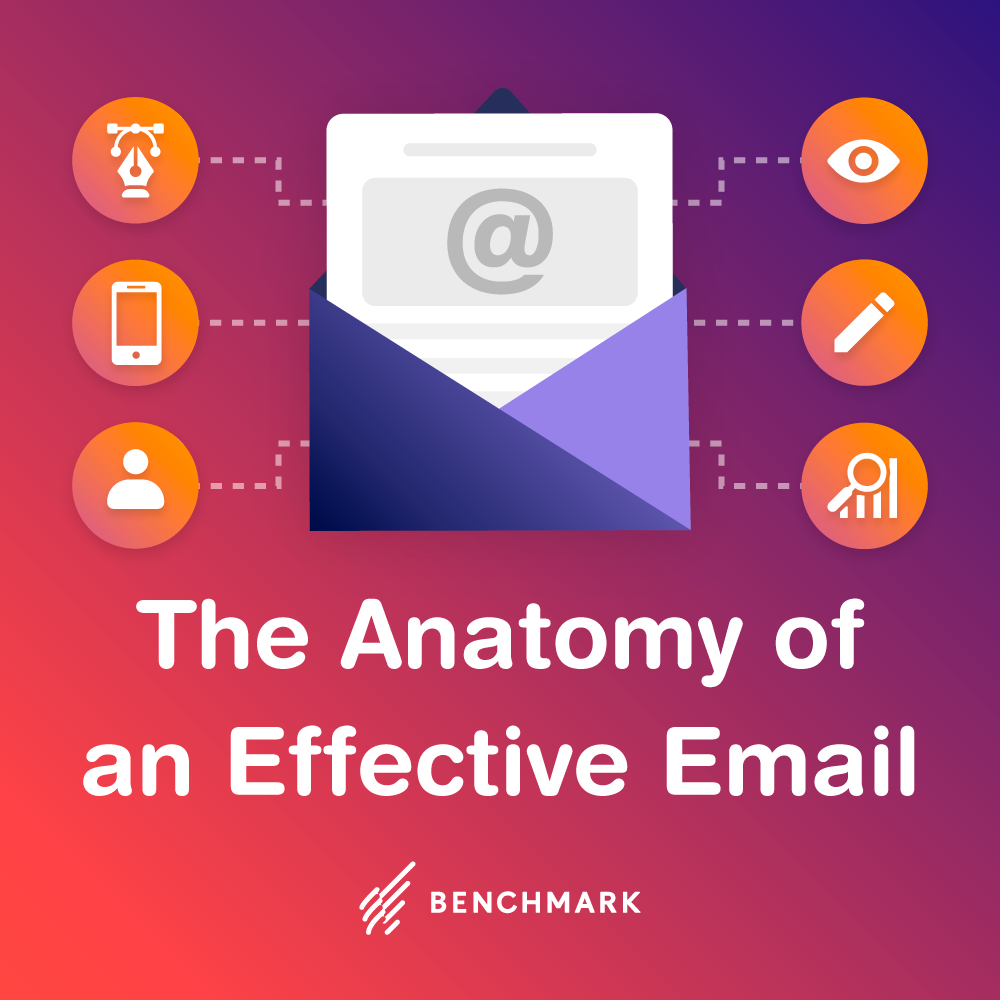
Sending daily newsletters may not be a good idea.
Imagine a scenario where you get up in the morning, everyday, to the identical breakfast. You eat one egg, two apples and three slices of cheese toast, day after day, week after week, month after month, year after year. Blech! Doesn’t seem very appealing, does it? Now ask yourself – why, why you would want to avoid such a situation.
The answer is simple; to avoid monotony or to seek variety, however you want to put it (and, for health reasons, of course!). You wouldn’t mind the menu once in a week or in a fortnight, though. You can apply the same principle to what can be a very sensible media investment – the email newsletter. However, here’s why sending newsletters daily might not be such a good idea:
Here are some good reasons for small businesses to leverage email marketing:
It’s likely to create customer annoyance.
Do you want to run that risk? Optimum frequency is about targeting ROI goals but more importantly, it’s about how often your customer wants to hear from you. Sending a message everyday might turn the subscriber off to a point where he blocks you, deletes your message right away or simply hits the unsubscribe link. Over-mailing seems beneficial in the short-term but consistency reigns in the long-term. To conduct an effective newsletter campaign, use Benchmark Email’s marketing features that include advice on choosing optimum mailing frequencies and many other tips and tricks!
It’s likely to create the wrong impression about your business.
Assume you’re car shopping with your family. You like a model but can’t decide if you should buy it and tell the sales agent you’ll revert. The agent decides to call you everyday thereafter, so much so, that you dread the call. You also start thinking: is there something wrong with the car? If it were doing well, why would the agent hound us? Similarly, seeing a newsletter in the mailbox everyday might make a prospective customer wonder, “I thought it was a good product but why the information overload? Is the product really as good as I thought it was or is it just hype?” So, ensure you impress positively, especially if you want to retain business relationships.
It’s likely to be uneconomical.
That is, inefficient in use of time, effort and materials. Unless the only information you dispense through your newsletters are horoscope and veggie-price updates. Your newsletter will contain at least a couple of write-ups, articles, stories or relevant links. Will you be able to research, write and edit adequate content everyday without compromising on quality? Will you be able to design unique lay outs that appeal to subscribers at the first go, on a daily basis? Remember, a newsletter, online or otherwise is a special report or open letter that provides informal or confidential news of interest to distinct segments, unlike a newspaper. Therefore, effective business strategy while sending email newsletters is to maintain distinctiveness by using a sparing approach.
Deciding on optimum frequency of email newsletters is much tougher than it seems. To measure the efficacy of frequency, please use Benchmark Email’s tracking and reporting tools over a period. Tools include objective metrics such as click-through, bounce, unsubscribe and spam complaint rates. Don’t rely on short-term responses because this decision might eventually backfire.




